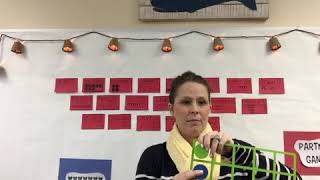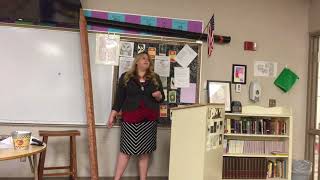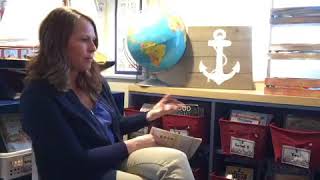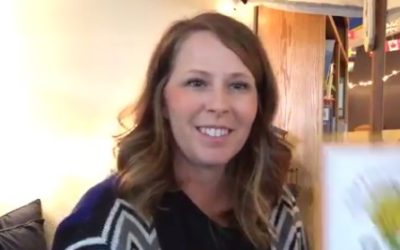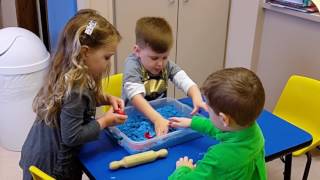Guided Math
Jena Simms | Wichita Collegiate School | Wichita, Kansas
One method of running Guided Math within a classroom, allowing students to work independently while also having one-on-one time with each student.
Read transcript
So the stations that I have are: Journal Page. And I have all my journal pages here and they know that they can come over and pick one. They go back to their desks, they have a journal right in their math drawer and they get those done. After journal I usually have them do a math game. This math game they know that they take this tub, they go back to their desk, and they do each piece of it in here, and I have fully explained each piece of it to the students. Then I also have a partner game station, and those partner games, they know exactly how to play them. All of these games in this partner game center are previously-taught games, and are from our everyday math curriculum. For example, this unit, I’ve already taught the Digit Game, Roll and Total and Domino Top-It in previous units, and so this time they get to play these because they’re really good at playing them. We’ve modeled it, we’ve gone over and over, we played it whole group, they played a small group, and so they really are good at these games and I shouldn’t have any questions from my students about those games, that’s why I chose those. So any current learning that I’m teaching in this particular unit that I’m on, I never have that kind of stuff in my Guided Math centers. I have only things that they need to do independently here from previous units, so that they shouldn’t have questions about the actual material that they’re working on. You know, this is just continuing their math journey, so they’re practicing those skills that they already should have mastered.
I also want to show you this easel, because this is really their guide to how they run through Guided Math. For example, today I had them complete page 86 in their math workbook, It’s an everyday math workbook, and I had them complete that before they started. The second thing is we’re working on Scrolls, and they know they have to complete a scroll page. The third thing was during our current unit, we’ve been playing a game called the Difference Game. This was just an extra practice of the Difference Game. I put ten minutes here, so that they know that they need to set their iPad for ten minutes, and that gives them the exact block of time that they can play that game. Timer goes off, they close their iPad, they get all their supplies put back, and then they go on to the next one, which is Journal and of course, this is the Journal Page, and that is where basically they start independent work. I usually end with an iPad activity or a technology piece, because that is a little bit more open-ended, and if they have 20 minutes left, they can work on it. The piece that I chose today was they were gonna work on their Moby Max, a website under the math app, so that is just in a little nook and how I run my Guided Math.
I hope some of these things can help you in your classroom. I would say the number one thing for this to all work successfully is that you teach the procedures, and you keep reinforcing good behavior during those procedural times. I hope this works for someone. Try it in your classroom today.
Help teachers and children
worldwide by sharing how
you teach.
A global movement of people sharing knowledge and learning from each other, to better educate our children and create hope for the world.
A global movement of people sharing knowledge and learning from each other, to better educate our children and create hope for the world.

